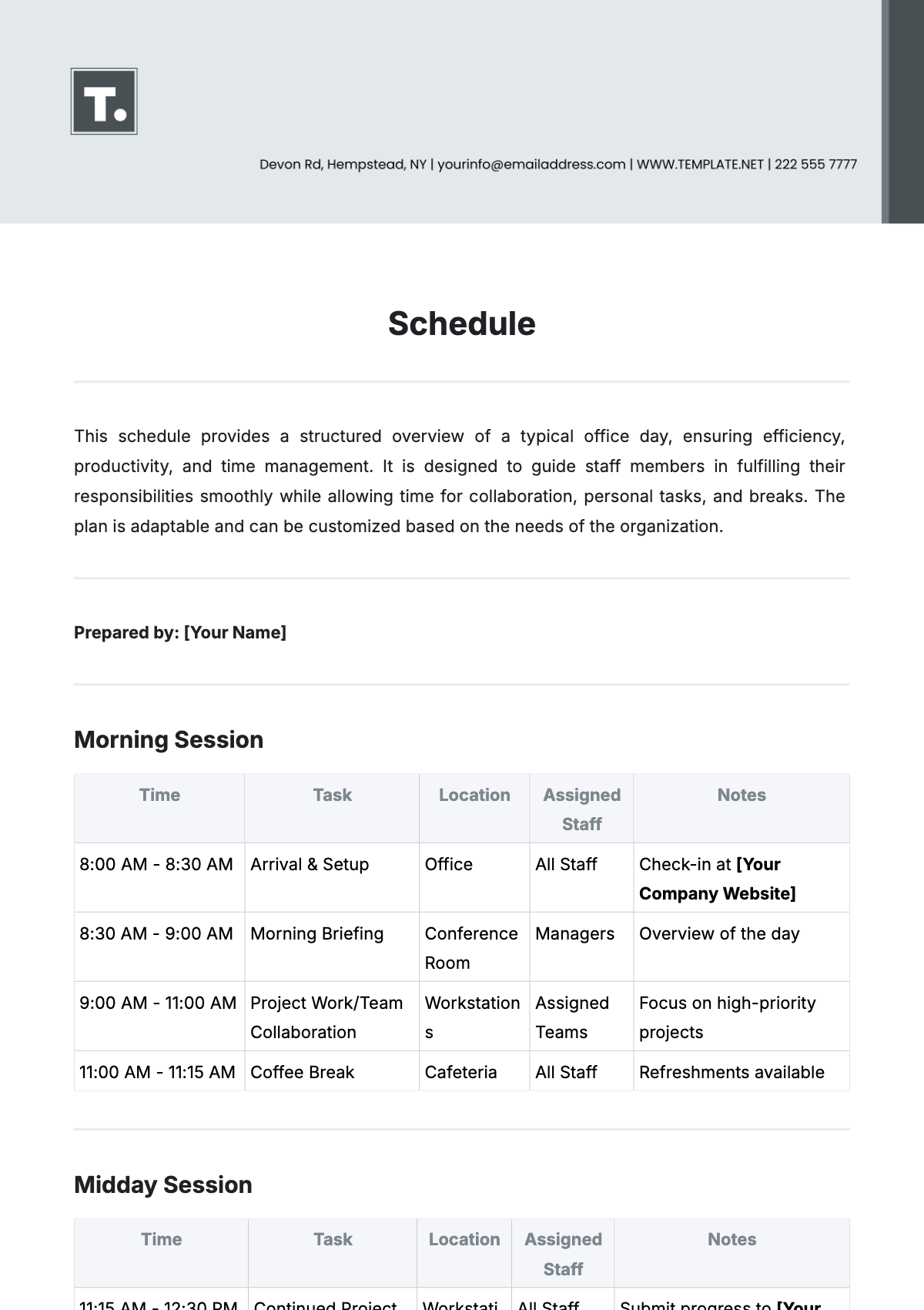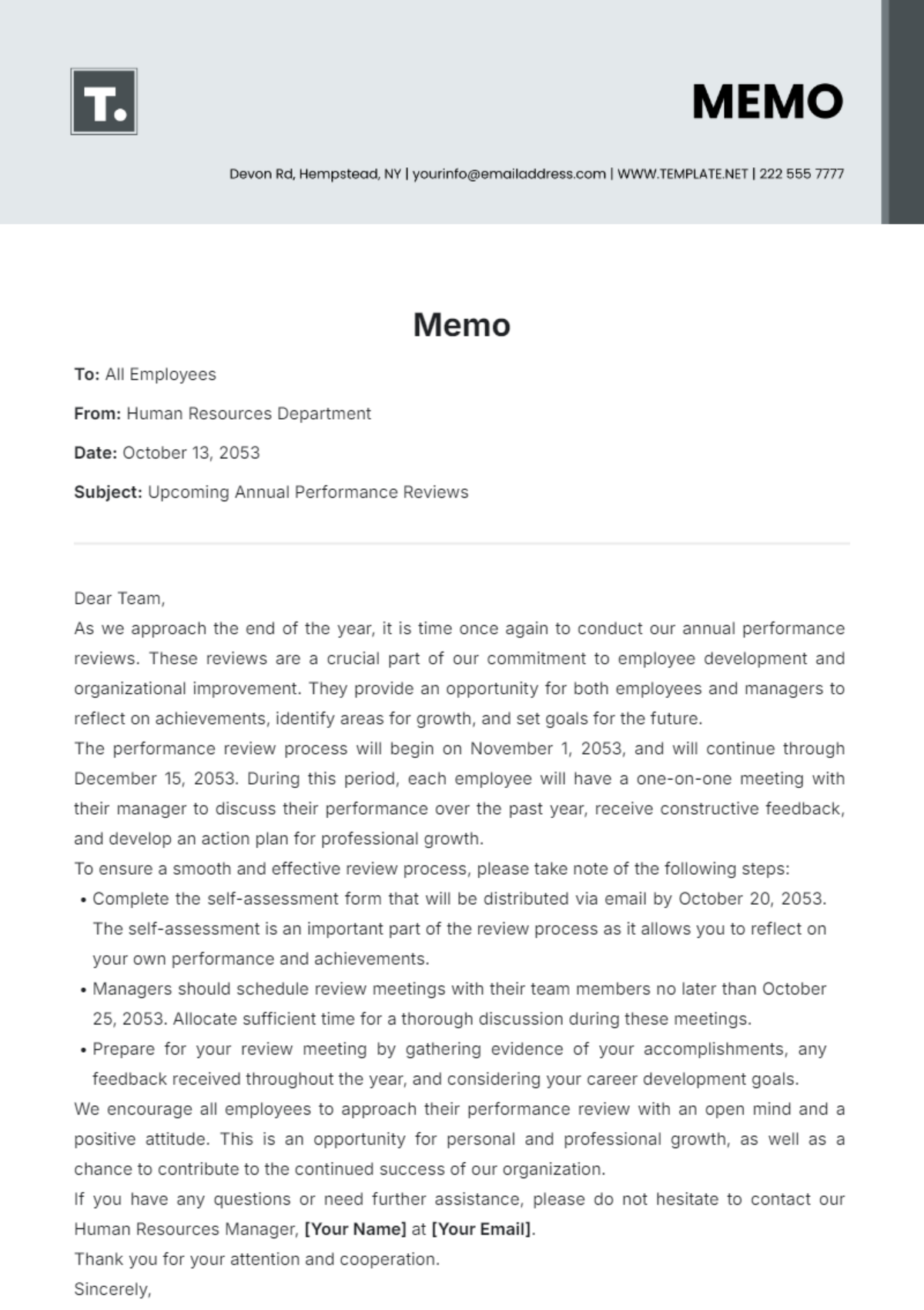Exploratory Ethnography
Title: Navigating Tradition and Change: Social Dynamics in a Remote Southeast Asian Fishing Village
1. Introduction
This exploratory ethnography seeks to provide an in-depth understanding of the social structures, cultural traditions, and economic challenges in a remote fishing village located in Southeast Asia. The research aims to explore the interplay between tradition and modern influences, with a focus on how the community navigates shifts in technology, market integration, and social dynamics. With little prior research on how globalization affects such isolated communities, this study sets the foundation for more comprehensive future investigations.
2. Literature Review
Previous ethnographic studies on fishing communities have identified the role of kinship networks, traditional ecological knowledge, and subsistence economies in shaping their daily lives. Scholars have noted that the introduction of external market forces often disrupts these dynamics, yet the specific impact on remote fishing villages remains understudied. This research builds on existing studies of cultural adaptation and technological change, filling a gap in understanding how isolated communities balance tradition with modern economic pressures.
3. Research Methods
The fieldwork was conducted over a period of six months, utilizing a combination of participant observation, semi-structured interviews, and immersive engagement with the community. The researcher lived within the village, participating in daily activities such as fishing, trading at the local market, and attending cultural ceremonies to understand the villagers’ lived experiences from an insider’s perspective.
Participant Observation: The researcher joined the fishermen on 20 trips, helping to prepare and sell their catch at the local market. Key rituals, such as the blessing of the boats, were observed in detail.
Semi-structured Interviews: Conducted with 25 participants, including fishermen, village elders, traders, and women responsible for household management. Interviews focused on perceptions of economic change, social roles, and the adoption of technology.
Field Notes: Daily ethnographic notes documented subtle social interactions, rituals, and responses to external market forces, along with reflections on communal decision-making.
4. Findings
A. Economic Activity
Fishing is the cornerstone of the village's economy, but the traditional reliance on subsistence fishing has evolved as market demand increases for export-oriented trade. Middlemen from larger cities play a critical role in connecting the villagers to external markets, though their presence has created a power imbalance. Villagers reported concerns about pricing fairness, as the middlemen often set the terms of trade, leaving the fishermen with limited bargaining power.
B. Social Structure
The social fabric of the village is tightly woven around kinship networks, where extended families collaborate in both fishing and household management. Elders continue to hold authority, particularly in decision-making processes related to fishing techniques and seasonal planning. However, younger generations are gradually distancing themselves from traditional hierarchies, influenced by educational opportunities outside the village and the appeal of alternative professions. Women, though traditionally tasked with household roles, have started taking more active roles in trade and finance as the village’s economic base diversifies.
C. Impact of Technology
The introduction of mobile phones and GPS navigation has markedly transformed the fishing practices of younger fishermen, allowing them to locate new fishing grounds and communicate directly with buyers. However, this technological shift has caused tension between generations. Elders, who rely on ancestral knowledge of the sea, express reluctance to adopt these technologies, fearing they will erode the cultural heritage that defines the village’s identity. Despite this resistance, the younger generation’s increased use of technology has improved fishing yields and connected the village to broader commercial networks.
D. Cultural Practices and Rituals
Traditional ceremonies, particularly those related to the sea and fishing, remain central to the village’s identity. The annual blessing of the boats is a significant event, symbolizing the community’s spiritual connection to the ocean. Despite external economic pressures, these rituals persist, reinforcing cultural continuity in the face of change. However, participation among younger members is declining, reflecting shifting priorities and the allure of modernity.
5. Discussion
The findings reveal a village in transition, where modern influences, particularly technology and external market forces, are reshaping both economic and social structures. While the village’s fishing practices have become more efficient due to the use of GPS and mobile communication, these advancements have created a generational divide. The younger generation sees technology as a path to economic prosperity, while the elders fear it will weaken the cultural foundations of the community.
Additionally, the village’s reliance on middlemen introduces vulnerabilities, as external markets dictate the terms of trade. This reliance threatens the autonomy of the community, creating economic instability. As younger generations become more exposed to external influences and opportunities, the village’s social cohesion may face further challenges.
6. Conclusion
This exploratory ethnography provides valuable insights into the balancing act between tradition and modernization in a remote fishing village. While economic and technological changes offer opportunities for growth, they also introduce challenges to cultural identity and social cohesion. Future research could explore how the village might sustain its traditions while embracing modernization and whether alternative, community-driven economic models could reduce dependence on external market forces.
7. Appendices
Interview Transcripts: Verbatim accounts of interviews with key community members.
Field Note Excerpts: Selected field notes documenting daily life, cultural ceremonies, and fishing practices.
Photographs: Images capturing village life, fishing activities, and cultural events.
GPS Data Maps: Maps showing changes in fishing locations pre- and post-technology adoption.

















































